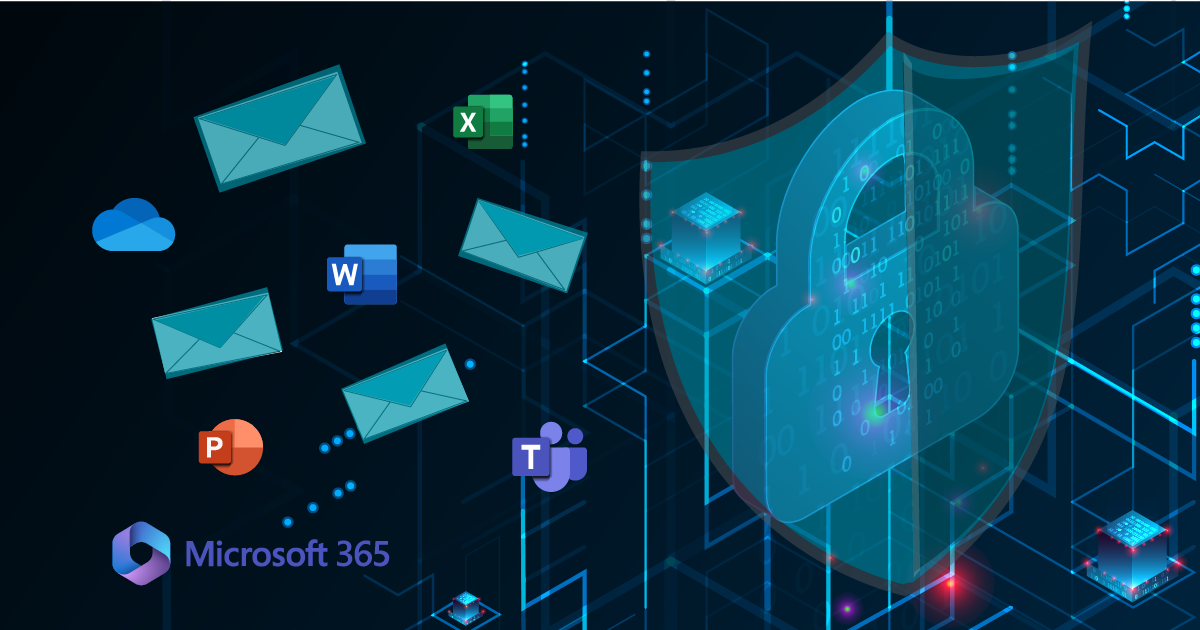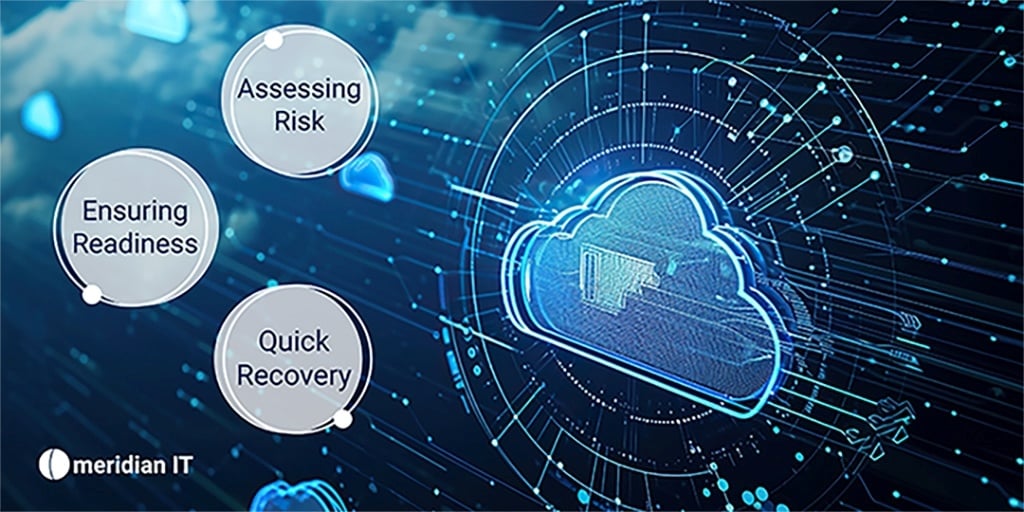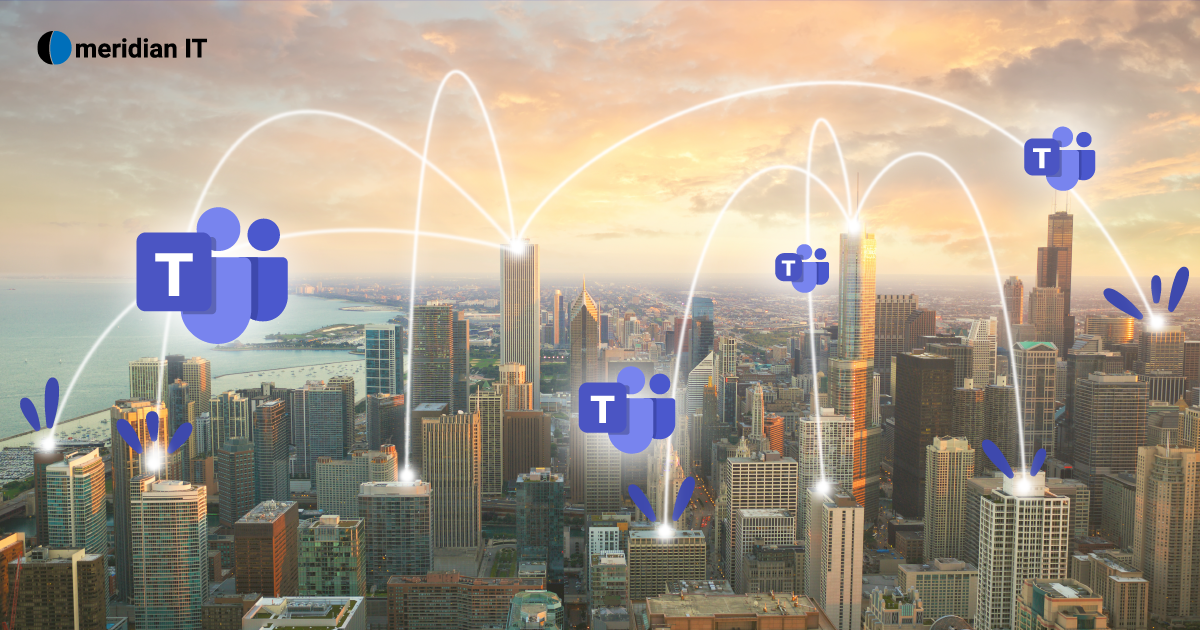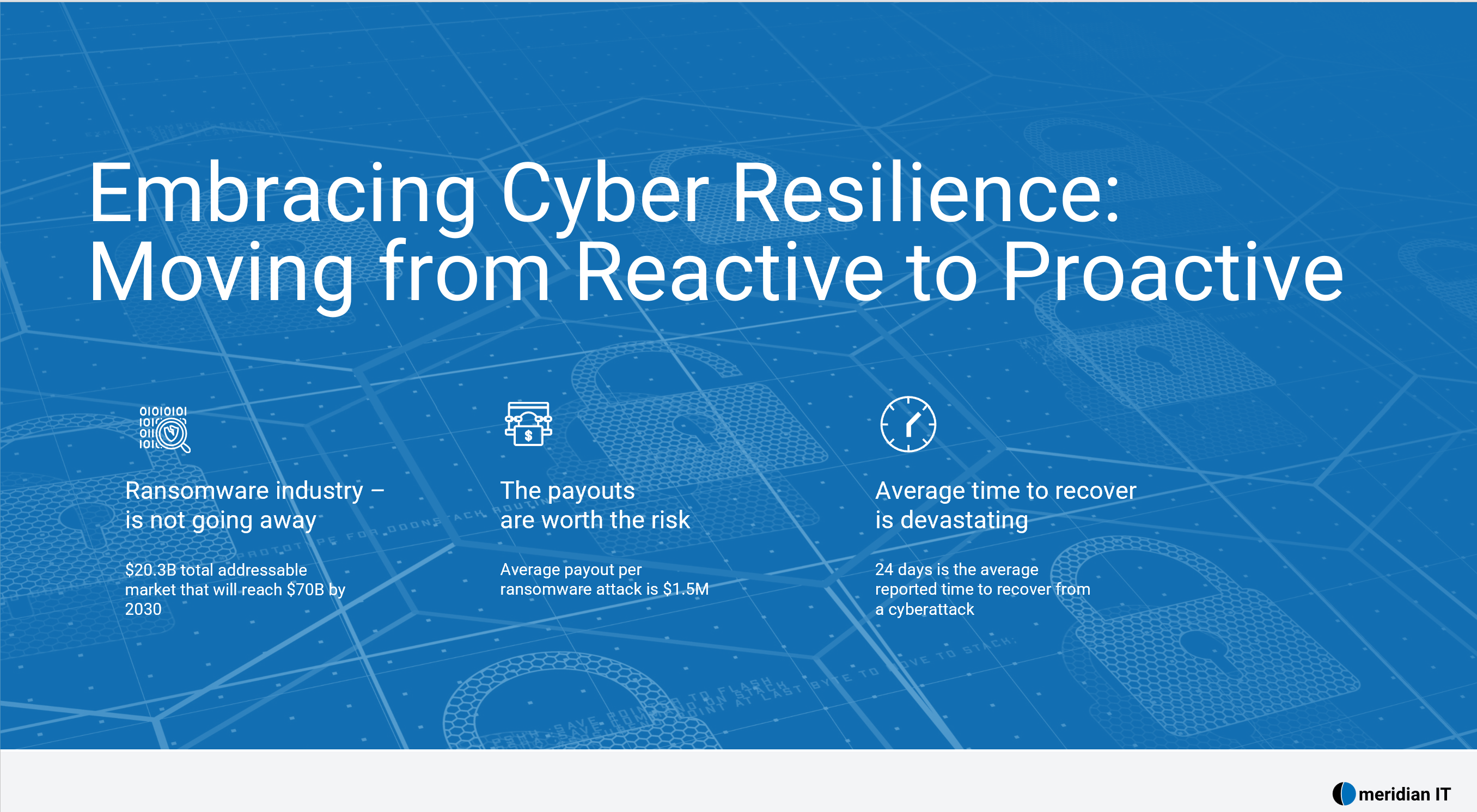In the ever-evolving landscape of cybersecurity threats, ransomware has emerged as one of the most pervasive and damaging forms of cyberattacks. For businesses leveraging Microsoft's cloud-based productivity suite, Microsoft 365, the importance of establishing robust ransomware protection cannot be overstated. Although Microsoft provides a highly resilient platform and takes extensive measures to secure data within Microsoft 365, organizations must understand the shared responsibility model to effectively safeguard their digital assets.
Understanding the Shared Responsibility Model
Microsoft 365 operates under a shared responsibility model, which delineates the security obligations of both the service provider (Microsoft) and the customer (your organization). Microsoft is accountable for the security of the cloud infrastructure, including the physical data centers, networks, and the core platform. This involves daily monitoring, updating security protocols, and ensuring compliance with global standards.
However, the responsibility for protecting the data stored, generated, and managed within Microsoft 365 falls squarely on the shoulders of the customer. This includes configuring security settings, managing user access, deploying additional protective tools, and educating employees on best practices.
The Risks of Mismanaging Data Protection
Many businesses fall into the trap of assuming that Microsoft's native security tools and default configurations are sufficient for comprehensive data protection. While these tools provide a solid foundation, they are not a panacea. Relying solely on default settings can leave critical gaps in your security posture, exposing your organization to the risk of ransomware attacks.
Failing to recognize the customer’s role in data protection can result in unmanaged risks, which often become apparent only after a significant breach or data loss has occurred. Recovering from such incidents can be both costly and time-consuming, leading to potential reputational damage and operational disruptions.
Key Strategies for Ransomware Protection in Microsoft 365
To effectively combat ransomware threats and enhance your cyber resilience, consider implementing the following strategies within your Microsoft 365 environment:
Multi-Factor Authentication (MFA):
Enforce MFA across all user accounts to add an extra layer of security. This reduces the risk of unauthorized access by requiring users to verify their identity through multiple verification methods.
Regular Data Backups:
Implement a robust backup strategy to ensure that your data is regularly backed up and can be restored in the event of a ransomware attack. Use both on-site and off-site backups to add redundancy.
User Training and Awareness:
Conduct regular cybersecurity training sessions to educate employees on recognizing phishing attempts, safe email practices, and the importance of reporting suspicious activities immediately.
Email Filtering and Anti-Spam Measures:
Enable and configure email filtering solutions to block malicious emails before they reach users' inboxes. This helps to mitigate one of the most common vectors for ransomware delivery.
Conditional Access Policies:
Set up conditional access policies to enforce additional security measures based on user location, device compliance, and risk levels. This ensures that only trusted users and devices can access sensitive data.
Data Loss Prevention (DLP):
Configure DLP policies to monitor and protect sensitive information from being shared inadvertently or maliciously. DLP can help prevent data exfiltration and ensure compliance with data protection regulations.
While Microsoft 365 offers a resilient and secure platform, it is imperative for organizations to recognize their role in the shared responsibility model. By proactively implementing these strategies and continuously refining your security posture, your business can significantly reduce the risk of ransomware attacks and ensure robust data protection.
Investing in cybersecurity measures today will not only protect your digital assets but also fortify your organization's reputation and operational stability in the long run. In the battle against ransomware, preparedness and proactive defense are your greatest allies.
Your Next Step to Becoming Cyber Resilient
Meridian IT and Commvault unite to bring you a solution that fortifies your company's cyber resilience.
Why is cyber resilience vital? It's the shield that protects your business even before a cyber-attack strikes and continues to do so indefinitely. It's a persistent endeavor that involves understanding your risk profile, enhancing your data security, and ensuring you're always ready to counter attacks or ransomware infections.
But how does this work? It goes beyond just safeguarding your data through backups. We bring to the table a three-pronged approach for cyber resilience that concentrates on understanding your risk profile, preparing you for any attack, and guaranteeing a swift recovery.
How can we help? With the mProtect solution from Meridian. We harness the power of Commvault’s premier suite of cyber resilience software to continually scan your data, assess risks, and devise effective mitigation plans. Our expert team is on hand to analyze your risk profile. They ensure you're prepared for any form of attack, with early warnings, threat detection, and recovery testing. Your backups are secure, encrypted, isolated, and unalterable, with an excellent range of integrations available.
All these are delivered through a streamlined flexible monthly plan that combines Commvault software, Meridian managed services, and optional hardware. This is not just a service; it's a commitment to protect your business.




